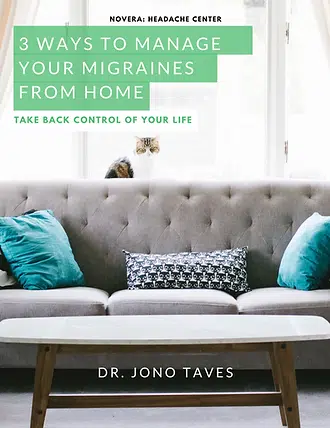
Do you find yourself squinting or closing one eye while you read? Do your eyes feel tired, sore and uncomfortable at the end of the day? If so, you may be suffering from convergence insufficiency. This condition is one of the things that we look for during our initial evaluations with our patients while we are screening for the potential causes of headaches or migraines. Convergence insufficiency is a condition in which your eyes are unable to work together when looking at nearby objects. This condition causes one eye to turn outward instead of inward with the other eye, creating double or blurred vision. Thankfully, this can be treated with vision therapy and the outcome for patients who are experiencing this condition is usually quite good.
The trochlear nerve (CN4) controls just one eye muscle – the superior oblique. This muscle gives us the ability to look down and in, which also is called convergence. Basically, this is how we can cross our eyes, but it is also the movement you need to coordinate while reading or focusing on something close to you. This impairment creates an overlapping image or double vision, which in turn makes reading difficult and tiring. Some people will turn or tilt their head slightly to focus with one eye and to minimize the strain. You can imagine what this potential compensation does to your neck over long periods of time! Strain on the superior oblique can also be one of the reasons that people feel eyebrow pain during a headache or migraine, and why some people feel like they need to press above their eye to reduce their pain.
There are exercises that can be done to improve the way that your eyes work together in order to reduce strain on the superior oblique and improve headache symptoms. Your physical therapist or vision therapist will work with you to put together a manageable plan designed to strengthen, stretch, and lengthen your eye muscles. There are also special base-out prism glasses that can be used, which force the eyes to work harder to converge. They are used only during short periods of time while performing therapy as they are very tiring to the eyes.
If you are interested in learning more about how eye health is connected to the neck, headaches, and migraines, please reach out to our clinic. We offer, free 30 minute Discovery Visits for both in-person and virtual patients and are always happy to be a resource to those in pain. Don’t struggle through another day of blurry vision – we can help!




